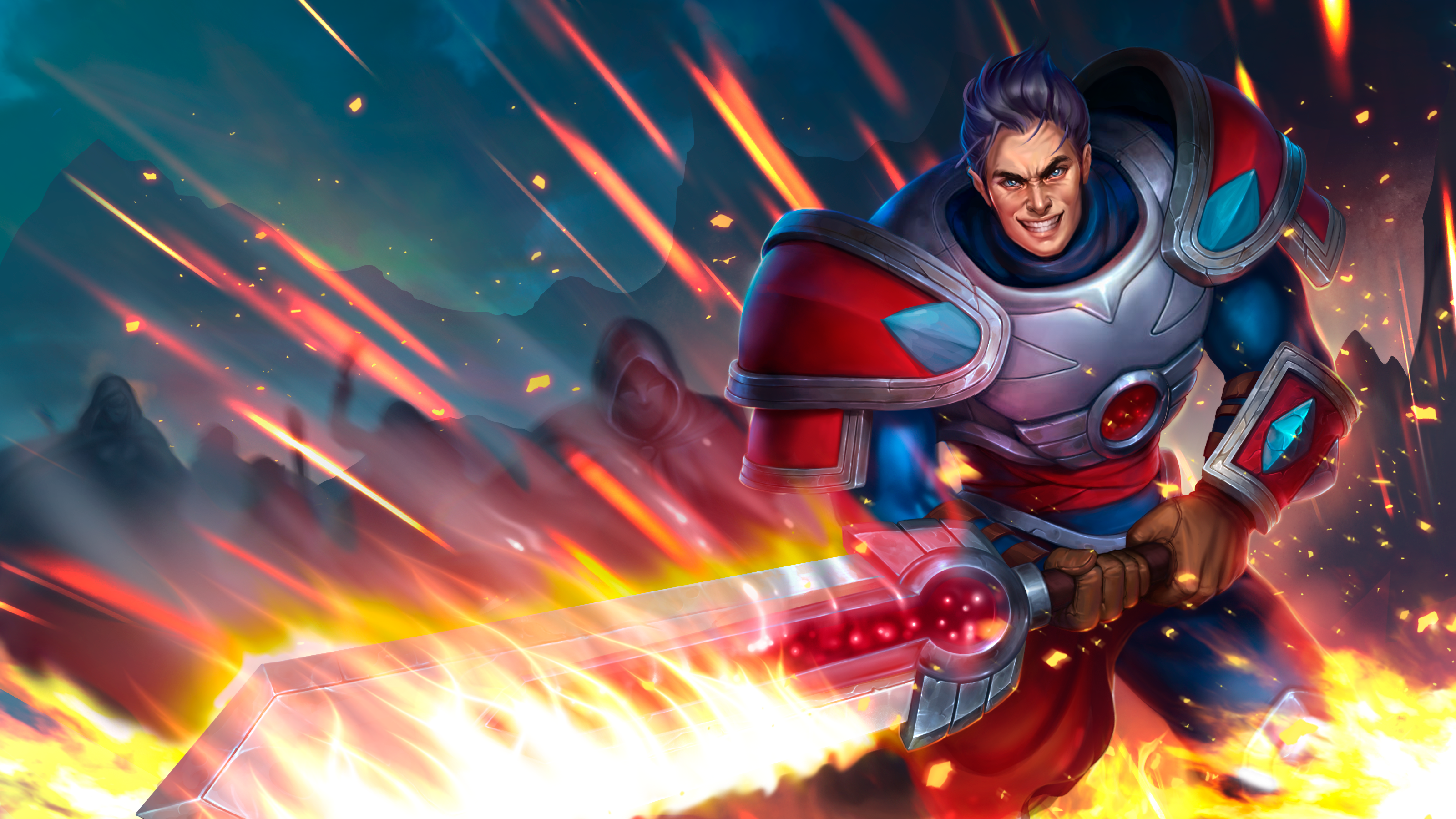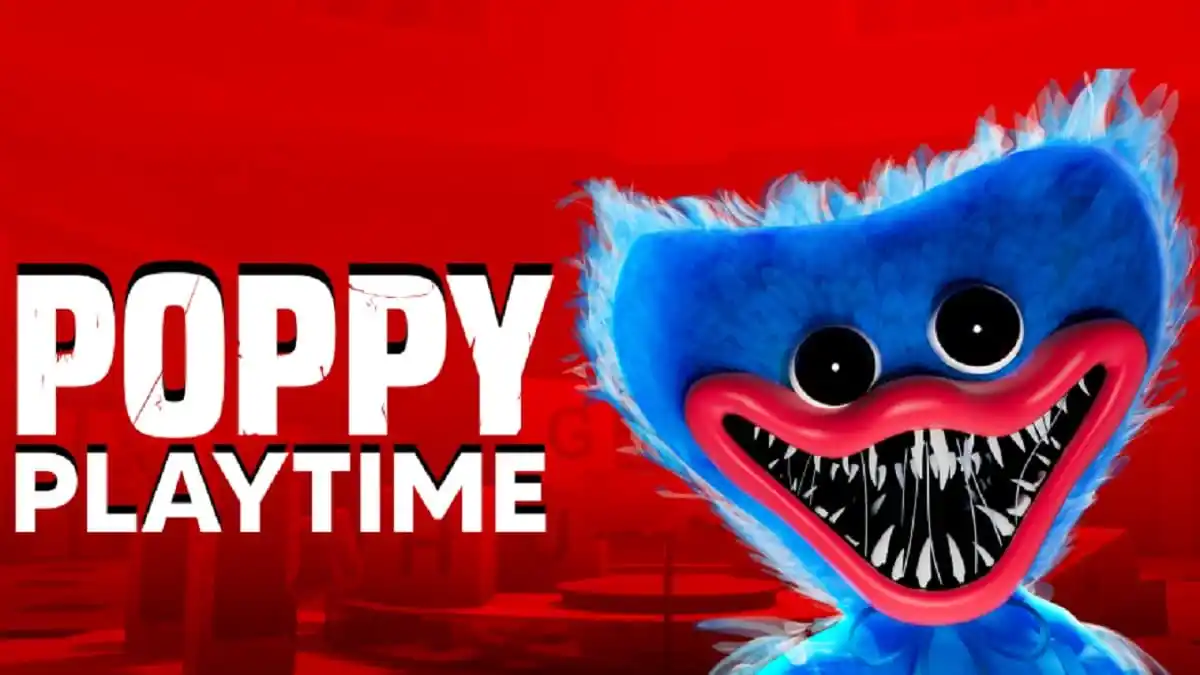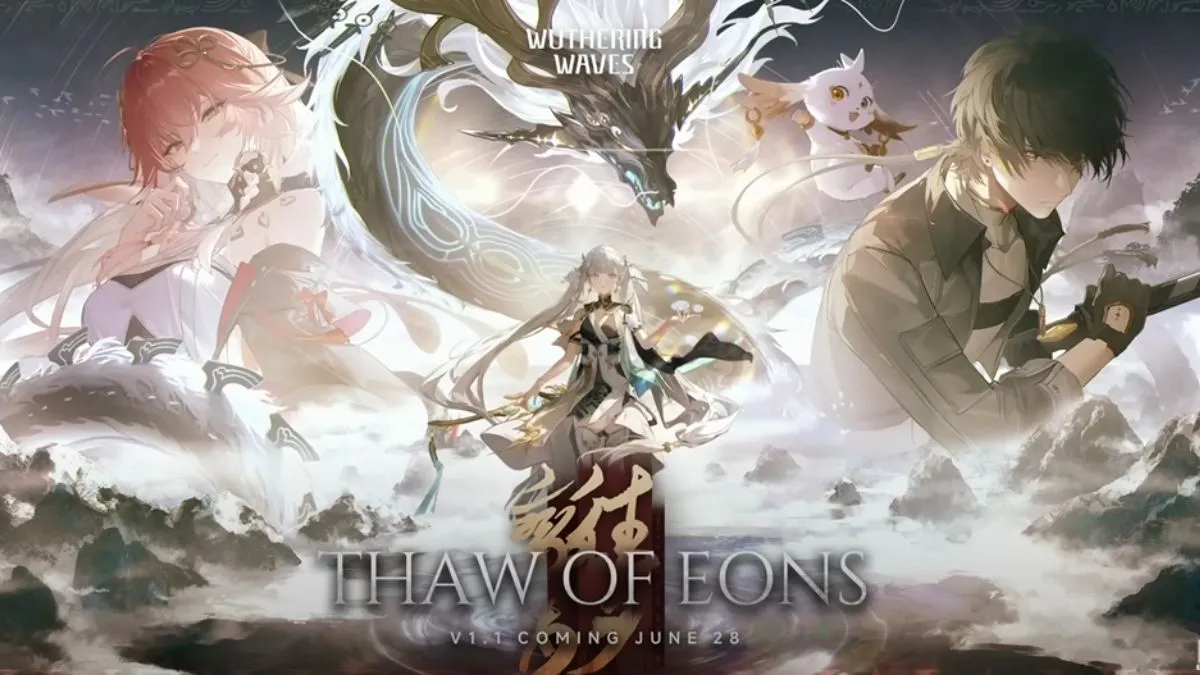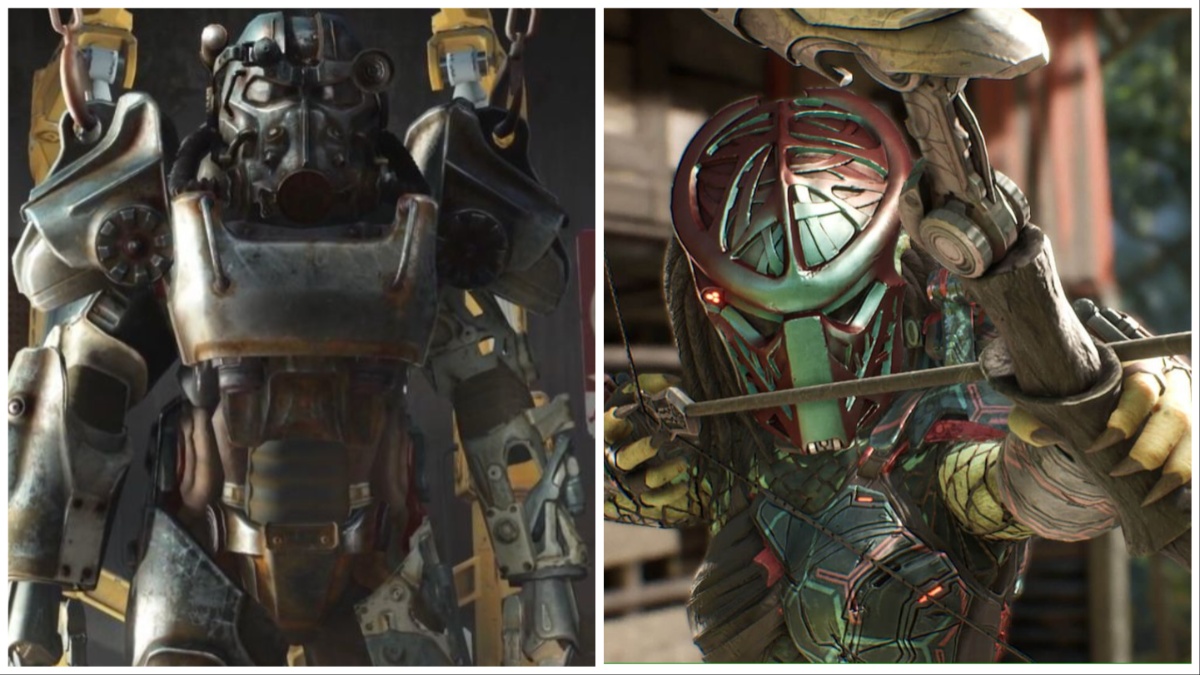The largest and most anticipated tournament for avid Dota 2 gamers is just around the corner. This annual tournament, called “The International”, is the biggest event for Dota 2 – it’s the equivalent of world finals for sports. This is where top tier teams battle for the pride, prize pool, and the lovely Aegis, the trophy that symbolizes victory with the name of the champions engraved on it forever.
The International is made possible by Valve’s fearless leader and PC Master Race Prophet, Gabe Newell (and, of course, the help and support of the whole Dota 2 community). This is where the best meets the best, where regions clash, where the pride of the team and country is at stake.
Prize pool
With the help of millions of Dota 2 players all over the world, the community gathered a record-breaking amount for its prize pool – boasting over $18 million total. That is the highest total prize pool we’ve ever seen for an eSport tournament, beating out other big names like League Of Legends, CS:GO, Starcraft, etc.
How did Steam gather so much money? It is all about the “Compendium“. A Compendium is an in-game item where players can get bunch of TI5 exclusive rare and immortal items like loading screens, couriers, and many more. Players can buy Compendiums and level them up to get the aforementioned perks, while also contributing to the prize pool. 25% of every Compendium sale goes to the prize pool. A basic compendium costs $9.99, while a level 50 compendium costs $26.99. High-level compendiums get more rare items, and you can level up your compendium by playing more.
There are also incentives offered when the prize pool reaches certain amounts. When a goal is reached, a new item or update or event will be unlocked. A very smart way to get players to contribute – they scratch Gabe’s back, Gabe scratches theirs.
Prize pool Breakdown:
Total Prize pool: $18,000,000+ ($1,600,000 + 25% of revenue from compendium sales)
The rewards will be distributed among teams as follows:
- 1st place: 36% of prize pool
- 2nd place: 15.5% of prize pool
- 3rd place: 12% of prize pool
- 4th place: 8.5% of prize pool
- 5th & 6th place: 6.5% of prize pool
- 7th & 8th place: 4.5% of prize pool
- 9th – 12th place: 1.2% of prize pool
- 13th – 16th place: 0.3% of prize pool
If you want that in numbers, the tournament web page breaks it down for you:
Schedule
The event will start in July 26 with the Wild Card brackets and will end on August 8. The main event begins August 3.
Teams
16 of the best competitive teams from around the world will battle for the title, with players coming from North America, Europe and Asia. This are top tier teams all over the world invited and qualified of joining the tournament. Here are the 14 teams that we know we’ll be seeing in the competition:
The Wild Card matches will decide which two teams will fill the open slots. These four teams are competing for those spots:
- CDEC
- Vega
- MVP Phoenix
- Archon
Formats
Want to know how each event is going to work? Here’s the rundown:
Wild Card
- Four teams
- Best of 3
- Winner of upper bracket becomes Wild Card #1 in Group Stage
- Winner of lower bracket becomes Wild Card #2.
Group Stage
- 16 teams (including Wild Card winners)
- Each match consists of two games against the same opponent
Group stage pointing system:
- 2-0 win provides 3 points
- 1-1 provides 1 point
- 0-2 provides 0 points
Main Event
The top team in each group of Group Stage has an advantage: they get to pick their opponent from either the 3rd or 4th place finish in the opposite group.
Upper Bracket:
- Best of 3
- Upper Bracket A: Group A Seed 1 vs Group B Seed 3/4
- Upper Bracket B: Group B Seed 2 vs Group A Seed 3/4 (The team Group B Seed 1 didn’t choose)
- Upper Bracket C: Group B Seed 1 vs Group A Seed 3/4
- Upper Bracket D: Group A Seed 2 vs Group B Seed 3/4 (The team Group A Seed 1 didn’t choose)
Lower Bracket
- Best of 3 (except for the first round which is Best of 1)
- Lower Bracket A: Group A Seed 5vs Group B Seed 7/8
- Lower Bracket B: Group B Seed 6 vs Group A Seed 7/8 (The team Group B Seed 5 didn’t choose)
- Lower Bracket C: Group B Seed 5 vs Group A Seed 7/8
- Lower Bracket D: Group A Seed 6 vs Group B Seed 7/8 (The team Group A Seed 5 didn’t choose)
Grand Finals
- Best Of 5
Venue
The event will be hosted in Valve’s home base of Seattle. The Main Event will be held in KeyArena, which boasts a 17,459 seat capacity.

Where to Watch
You can visit theofficial The International page for live streaming and replays of the event throughout the tournament.
Valve will also put up a “Newcomer Show”. This is a special broadcast featuring live matches with a special commentary for new people and gamers who’d like to learn more about Dota 2 while they enjoy the championships.
So get ready Dota 2 fans!
Continue to support the Dota 2 game, community and your favorite team. Watch your favorite teams clash with top teams and kick some ass. I suggest organize with your Dota 2 buddies to watch The International 2015 matches via live streams – especially on the group stage, because that’s where the most exciting plays will happen. And (especially) don’t forget the Finals.
Are you pumped for the International 2015? What teams will you be rooting for? Let us know in the comments below!











Published: Jul 24, 2015 07:15 am